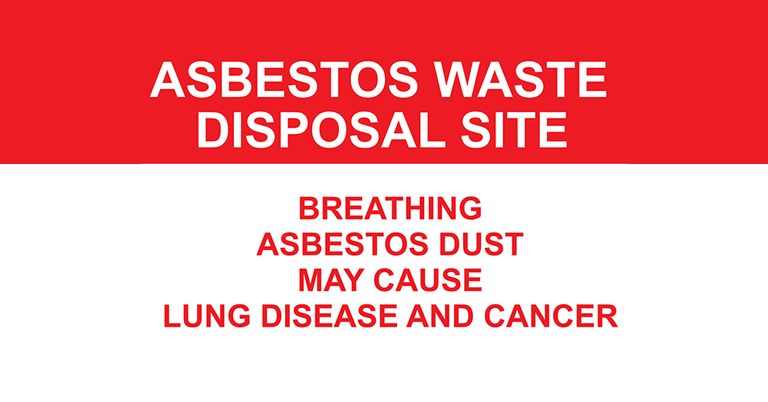hidden
We have over 20 years' of experience.

We have over 20 years' of experience.


By James
Category: Industry
Asbestos, a naturally occurring mineral known for its heat resistance and durability, was widely used in various construction materials and consumer products until its health risks became widely recognised. Exposure to asbestos fibres can lead to serious health conditions, including mesothelioma, lung cancer, and asbestosis. Consequently, identifying products containing asbestos is crucial for protecting public health and safety. In this blog post, we'll explore the risks associated with asbestos exposure and discuss methods for identifying products that may contain asbestos.
Before delving into identification methods, it's essential to understand the risks associated with asbestos exposure. While asbestos-containing materials (ACMs) are generally safe if left undisturbed, they can release harmful fibres into the air when damaged, deteriorated, or disturbed during renovation, demolition, or maintenance activities. Inhalation of these fibres can lead to severe respiratory issues and long-term health consequences. Therefore, proper identification and handling of asbestos-containing products are essential to minimise the risk of exposure and protect human health.
Asbestos was widely used in various industries and products due to its desirable properties, such as heat resistance, fireproofing, and strength. Some common asbestos-containing products include:
Identifying products containing asbestos can be challenging, as asbestos fibres are microscopic and not visible to the naked eye. However, several methods can help determine whether a product contains asbestos:
Identifying products containing asbestos is crucial for safeguarding public health and minimising the risk of asbestos exposure. While Asbestos-containing materials may still be present in older buildings and products, proper identification and management are essential to protect occupants, workers, and the environment from the harmful effects of asbestos exposure. By understanding the risks associated with asbestos and utilising appropriate detection methods, individuals can take proactive steps to ensure safety and mitigate potential health hazards associated with asbestos-containing products. If you suspect that a product may contain asbestos, it's essential to seek professional assistance for accurate identification and appropriate management strategies.
If you harbour worries regarding asbestos in your building, feel free to reach out to us. Our skilled team is prepared to furnish a prompt, obligation-free quote customised to meet your specific needs. Your safety holds utmost importance to us, and we are committed to aiding you in the efficient management of asbestos within your premises.
Feel free to get in touch with us; we're eager to receive your input and offer any guidance you may require. Rest assured, any information you provide will be treated with the utmost confidentiality and will not be shared with any third parties..
Read More